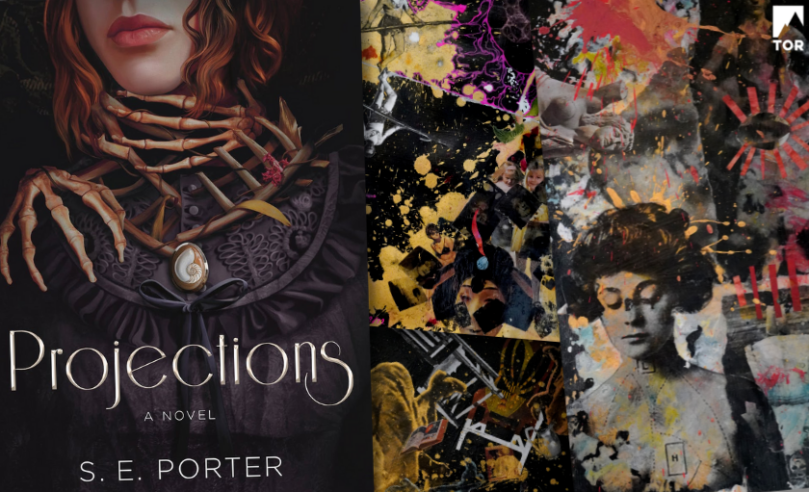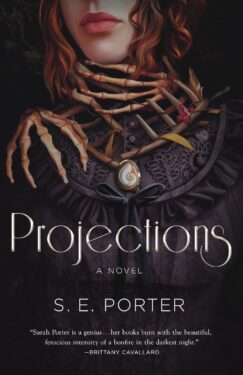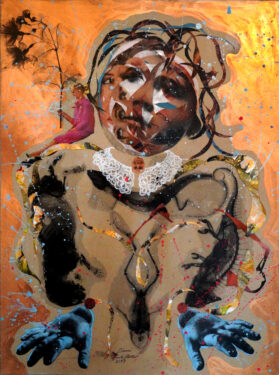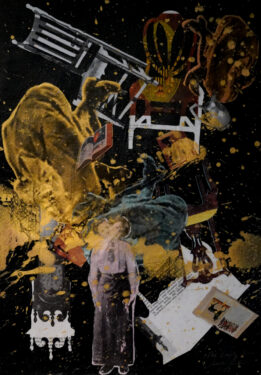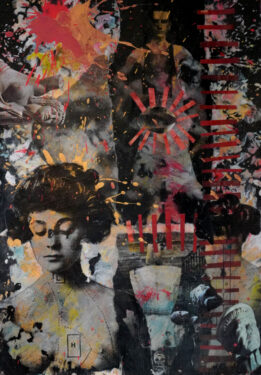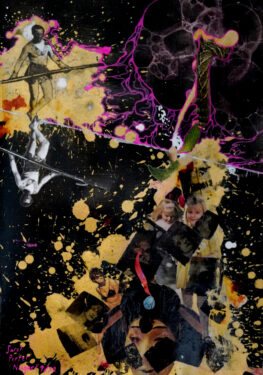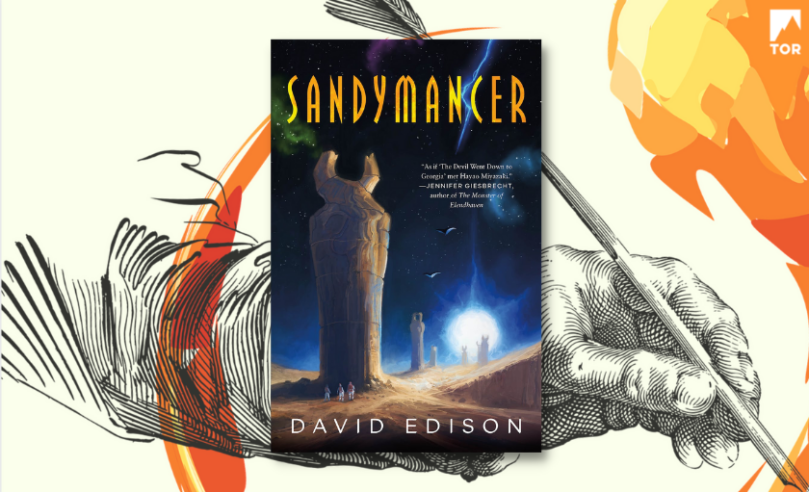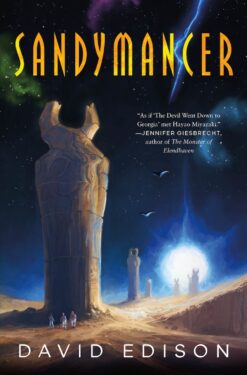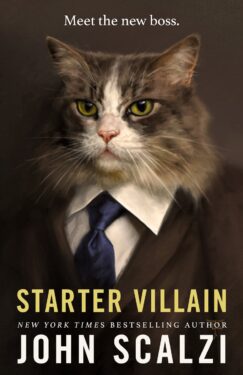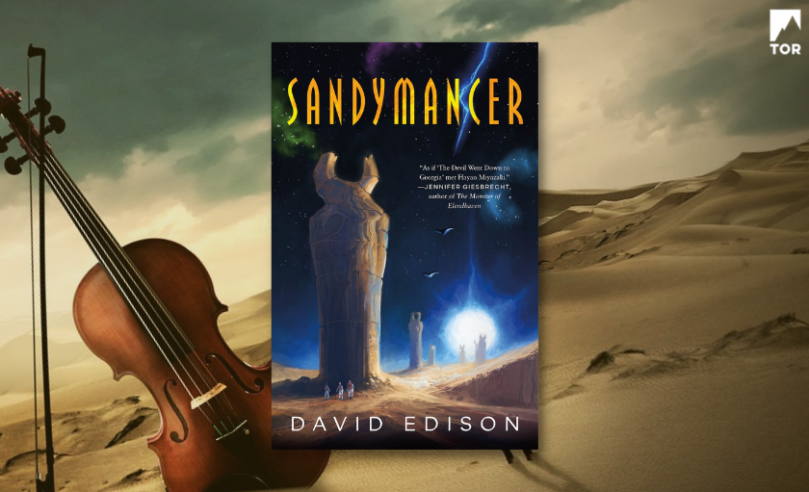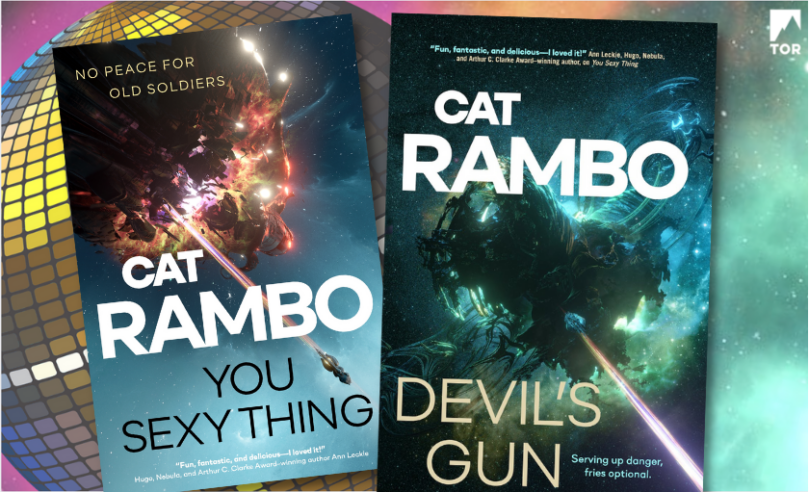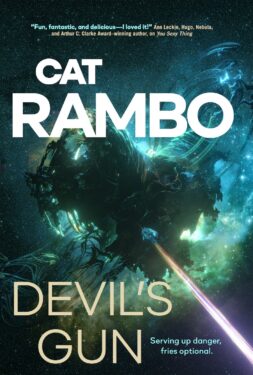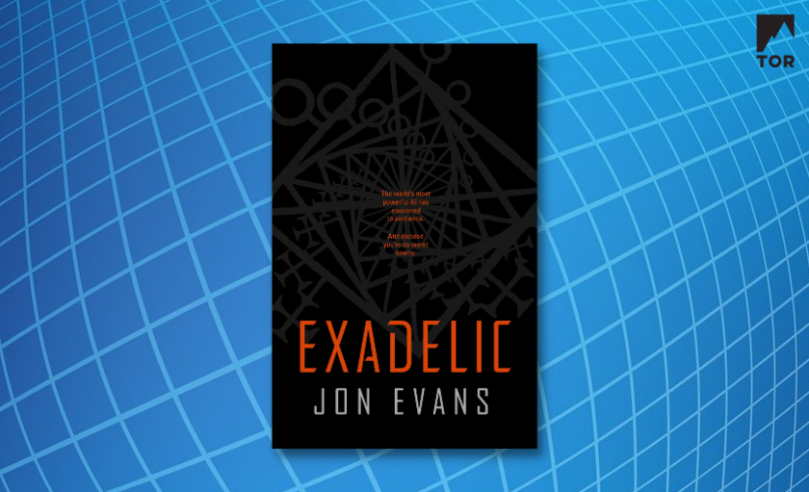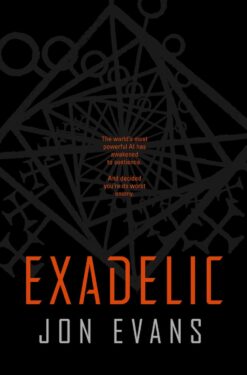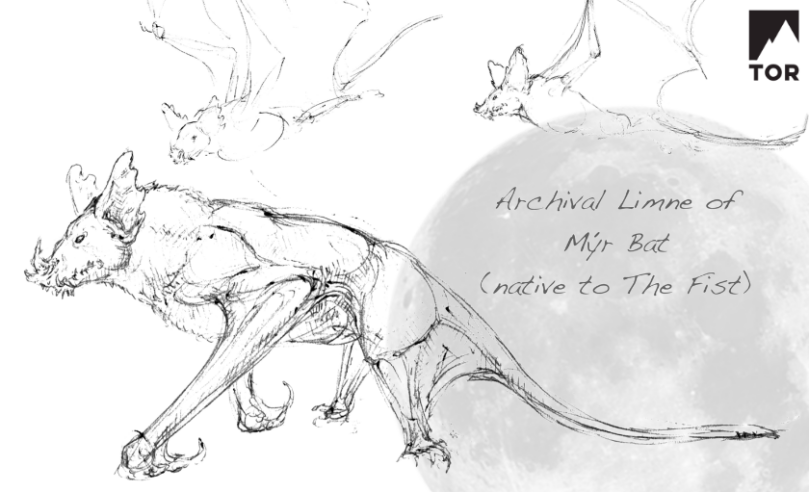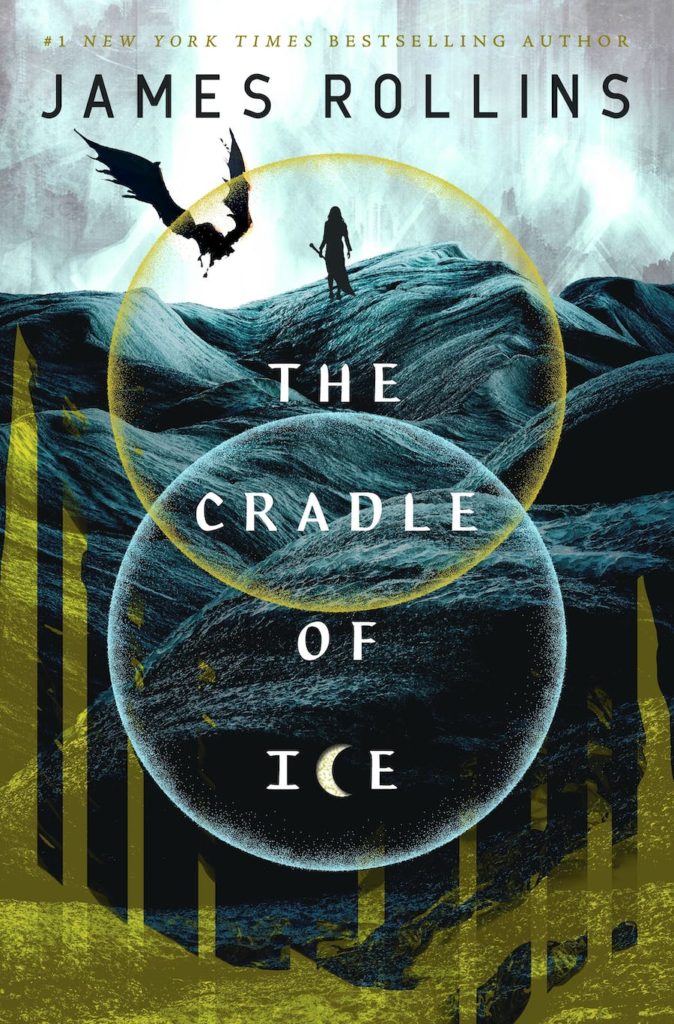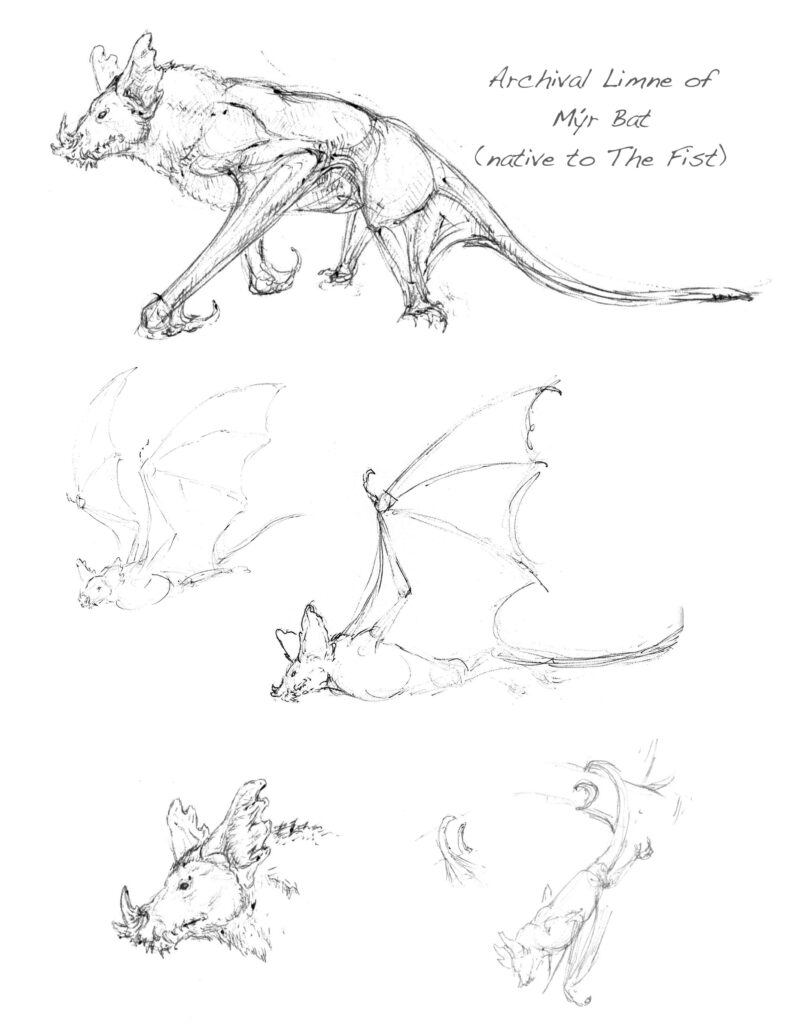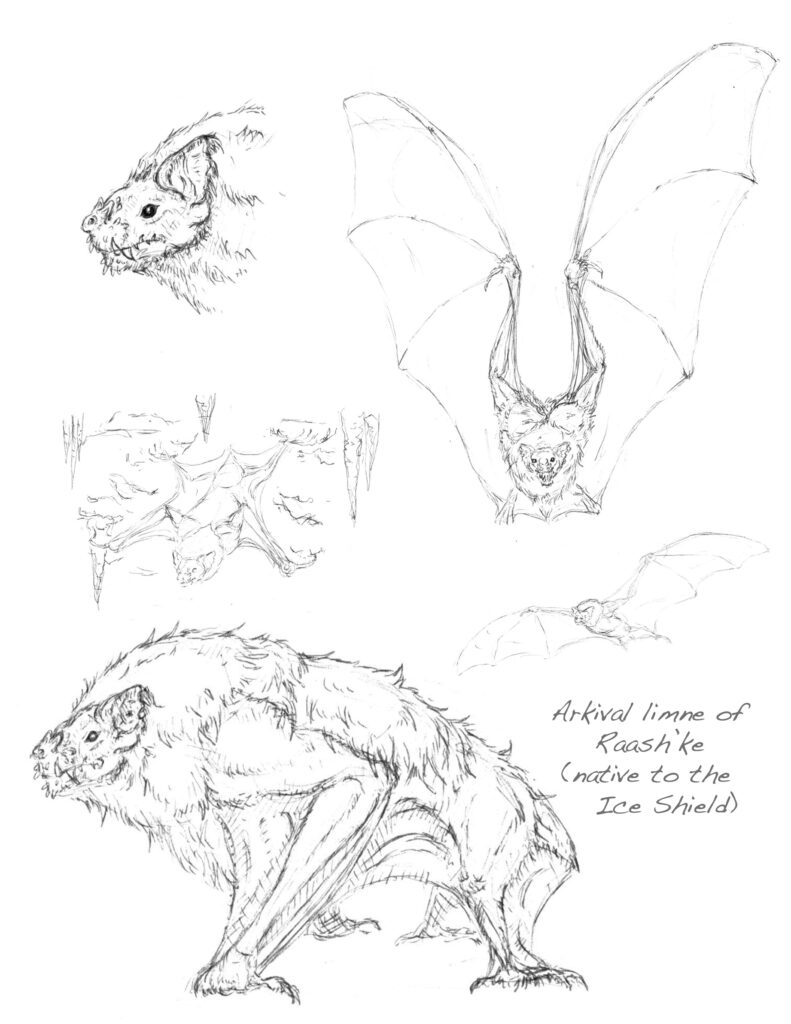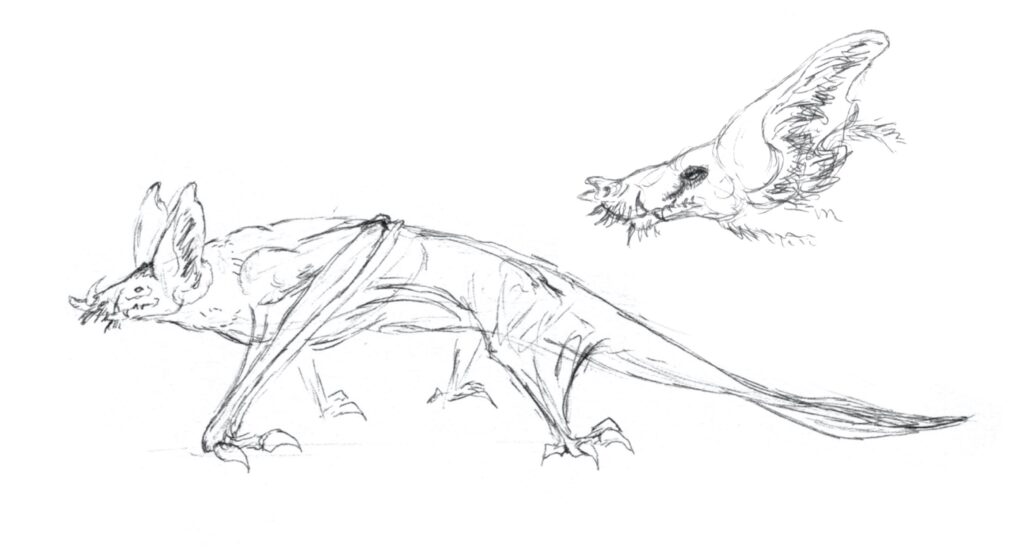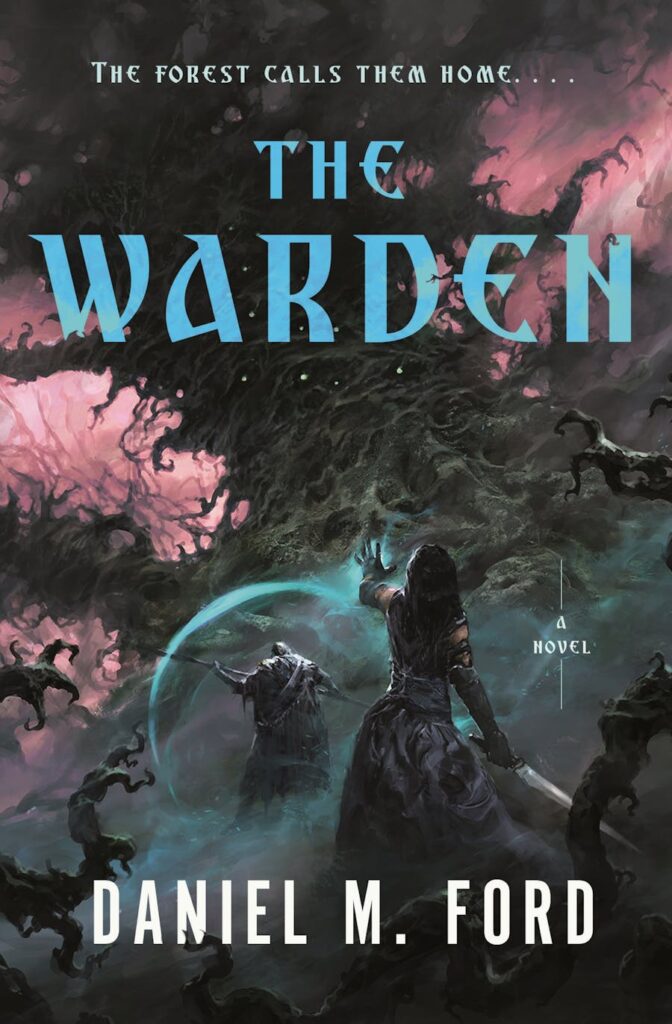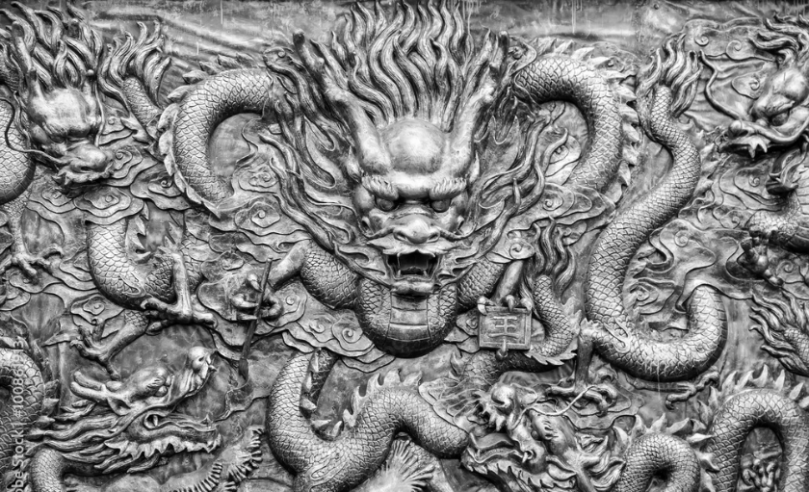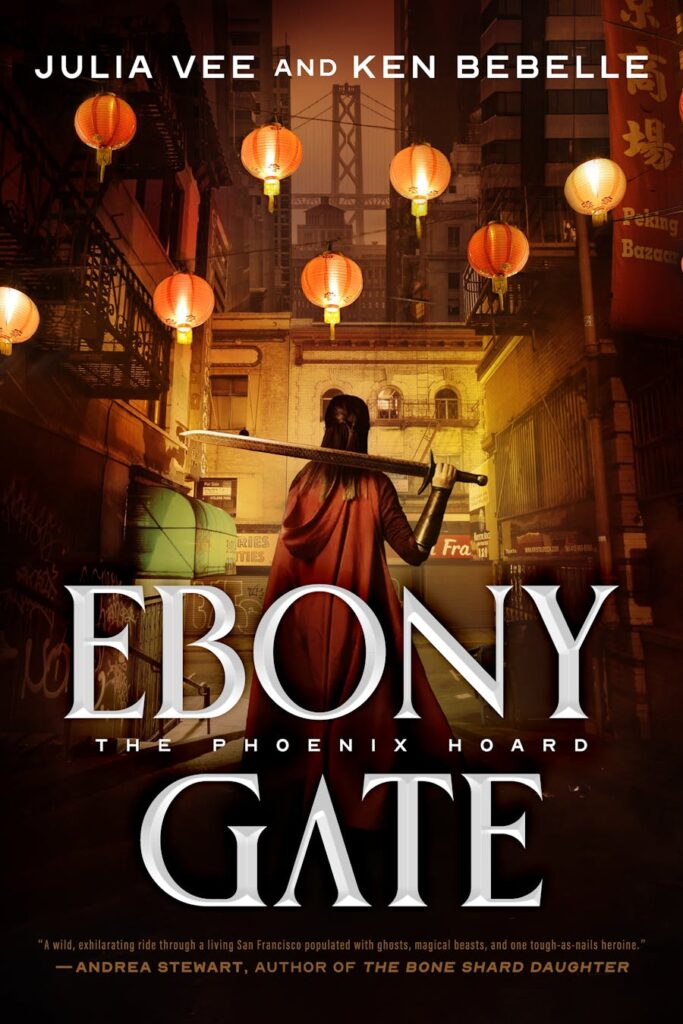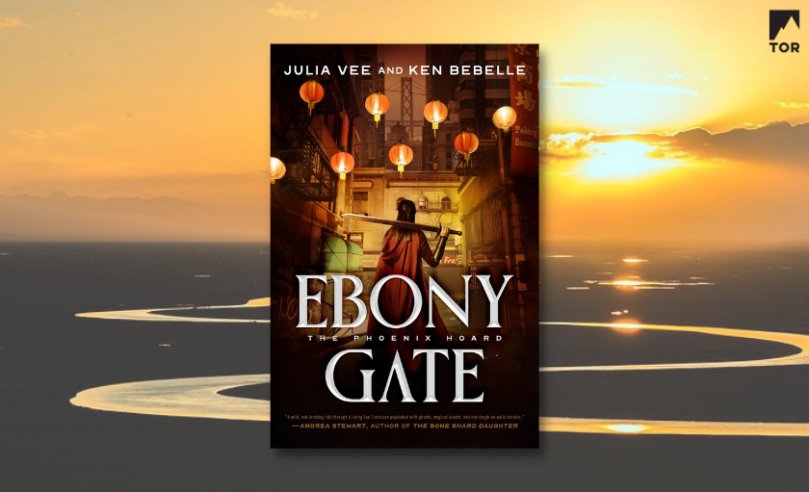opens in a new window opens in a new window
opens in a new window opens in a new window
opens in a new window opens in a new window
opens in a new window opens in a new window
opens in a new window
 opens in a new window
opens in a new window opens in a new window
opens in a new window opens in a new window
opens in a new window opens in a new window
opens in a new window
S. E. Porter is an artist and author, often together. Today, she’s here with us to talk some about her upcoming novel Projections, and to share artwork tied to pivotal moments from the story. These pieces are currently on display at the Delight Factory in Brooklyn until November 18 as part of her opens in a new windowart show.
Check it out!
by S. E. Porter
There’s an odd problem that can arise while writing a book, or soon after finishing it. Sometimes the story and the images blazing through it refuse to be contained by the pages. Instead characters or scenes keep floating up like ghosts. They shapeshift, but remain recognizable. It’s like a dream that won’t dissipate with waking, but plays on as a transparent veil across the ordinary world.
The images from Projections stayed with me, twisting and reforming, long after I’d handed in my final draft. My story about the ghost of a murdered girl stuck to her killer, and implacably seeking revenge against him over the course of centuries, pulled the neat trick of haunting its author. My long, strange historical fantasy novel apparently wasn’t enough to satisfy the ghost of Catherine Bildstein. She wanted more from me.
Eventually I tried another strategy for placating her ghost, and began putting some of the book’s imagery into mixed-media artwork. And if it hasn’t been quite enough to send Catherine and her worlds to sleep, it’s at least calmed them down.
━━ ˖°˖ ☾☆☽ ˖°˖ ━━━━━━━
Séance
Catherine is a young girl in the middle of 19th century western New York: the center of its era’s radical movements, especially Spiritualism. It’s hard to grasp now just how revolutionary Spiritualism was; its passionate history has vanished behind a century of portrayals of the Spiritualists as a pack of vicious frauds, preying on grieving parents. There was certainly plenty of grief to exploit: roughly half the children born then died before their fifth birthdays.
Calvinism had blithely condemned those dead children to hell. Spiritualism came along and upended that idea, creating a cosmology where the kids were just fine. There were frauds involved, especially as the 19th century wore on, but there was also a gigantic fuck you to a cruel and pervasive dogma.
There’s a scene in Projections where Catherine attends a séance, and I did quite a bit of research into what séances were like. The girl in this picture, with her head thronged by ghosts and her hands spread on the séance table, is almost Catherine—Catherine a moment before a strange voice spills over her lips and calls itself by a dead girl’s name.
━━ ˖°˖ ☾☆☽ ˖°˖ ━━━━━━━
The Empty Room
The popular image of the 19th century as a prim and placid era is wildly mistaken. There was tremendous ferment, as movements for abolition, women’s rights, and new religions sent the old certainties reeling. Where before the spirits of the dead were believed to stay safely in heaven or hell, Spiritualism proposed a haunted world, one whose ghosts were as close and intimate as skin.
My Catherine ultimately rejects both Spiritualism and her father’s Christianity. But like everyone in her era, she confronts this newly haunted world. Like the young Victorian woman in this image, entering a room and finding all the furniture hovering in midair, Catherine faces the intrusion of uncanny forces—long before she becomes a ghost herself.
━━ ˖°˖ ☾☆☽ ˖°˖ ━━━━━━━
Suture
After her childhood-friend-turned-stalker, Gus, murders Catherine, her ghost loses the ability to speak. Her voice is consumed by an unending scream—but her mind remains intact, even while everyone around her regards her as a senseless ghoul. Gus objectifies her to the point of exploiting her ghost as a kind of magical battery.
The young Victorian woman in this image is another stand-in for Catherine. Her eyes lowered, her body diagrammed like a cow in a butcher’s shop, but with memories of her childhood bleeding through, she, like Catherine, is seeking agency against all odds.
━━ ˖°˖ ☾☆☽ ˖°˖ ━━━━━━━
Niagara
Shortly before her murder, Catherine travels with two Spiritualist friends to see the Great Blondin cross Niagara Falls on his tightrope. Blondin, balanced in this image above a cataract of faces, was a sensational daredevil who crossed Niagara repeatedly. Unlike modern funambulists, he used no net or line, and any slip would have been fatal.
Catherine, Thomas, and Reverend Skelley go to see Blondin’s first performance, when he sat down on his rope at the midpoint, hauled up a bottle of wine from the boat Maid of the Mist, and toasted the crowd. In his subsequent crossings, Blondin increased the difficulty of the feat in increasingly bizarre ways such as pushing a wheelbarrow, or carrying his terrified manager on his back. He was so surefooted that the crowd eventually grew bored and diminished, even as he kept adding to the spectacle.
This image of him, though, is taken from his first triumphant crossing. Catherine is watching in the crowd, never suspecting that she has only days left to live.
S. E. Porter is the author of Projections, forthcoming from Tor 2/13/24. The images in this piece were taken from her show Séance, on display at the Delight Factory in Brooklyn through 11/18/23 More works from the show can be viewed opens in a new windowhere.
Pre-order opens in a new windowProjections Here!
opens in a new window opens in a new window
opens in a new window opens in a new window
opens in a new window opens in a new window
opens in a new window opens in a new window
opens in a new window
 opens in a new window
opens in a new window opens in a new window
opens in a new window opens in a new window
opens in a new window opens in a new window
opens in a new window

